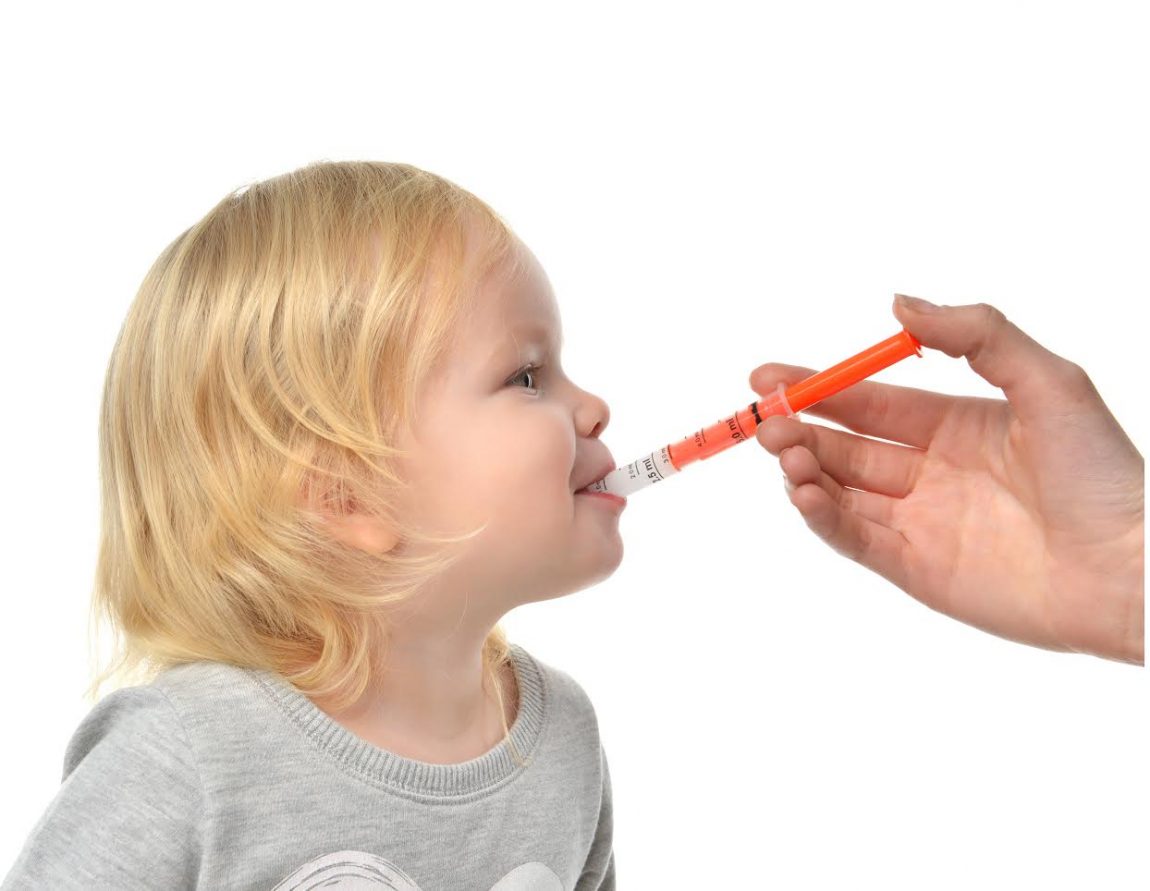
Tylenol vs. Motrin, An Important Analysis
Hi Loves! I hope everyone is having a great week! Today we are going to discuss a very important topic. Fever is one of the most frequent complaints that comes through the pediatric emergency room. Thousands of parents come to the ER because they are unable to control their child’s fever. So today, we are going to talk about the two fever reducing medications and why they aren’t working for many parents.
It is 9pm at night and your child has 102.5 fever. You look at the Tylenol bottle, find the appropriate dose for your child’s age, and administer it to your child. The fever seems to go down and you put your child to sleep. At 12am, you hear crying from your child’s room. The fever is back. What do you do? You can’t give Tylenol for another hour and your child has a 103 fever. This scenario happens all the time. Your child is in pain and its overwhelming and stressful for the parents. I will answer this question for you, but first let’s go over some of the basics:
Ibuprofen
What is it? Ibuprofen, also known as Motrin or Advil, works by limiting the body’s production of fatty acids called prostaglandins. We use it to reduce fever but because of its ability to reduce inflammation (swelling and redness), it is great for body aches and pain.
The benefits. Ibuprofen is great at alleviating pain and swelling. If your child is having ear or throat pain, Motrin will help control their pain. It’s slightly more powerful and longer lasting than acetaminophen (aka Tylenol). Although studies have found no difference between the ability of Tylenol or Motrin to reduce a fever, I always say if your child is over 6 months, start with Motrin. I find it works better for fever and pain control than Tylenol.
The downfalls. It can only be taken every six to eight hours and no more than three times in a 24-hour period. When your child is fighting a high fever, I can almost guarantee you that they will spike a fever before the six to eight hour interval is up. Unfortunately, the American Academy of Pediatrics (AAP) doesn’t recommend ibuprofen for babies under 6 months, which means Tylenol is the only option for a child younger than 6 months. In addition, Motrin has a tendency to irritate the stomach. So if your child isn’t eating well or has a sensitive stomach, be aware that it can cause upset stomach. Also, they don’t have rectal suppositories. If you have a child that won’t take medicine by mouth, this is important.
Tip- Sometimes smaller pharmacies, like the Pillbox, will make Motrin as a suppository. Ask your pediatrician to write you a prescription for ibuprofen suppositories if your child won’t take medicine by mouth.
Tylenol
What is it? Acetaminophen reduces fever, body aches, and pain. Unlike ibuprofen, it does not reduce inflammation.
The benefits. Tylenol can be given every four hours, which is extremely important when dealing with a stubborn fever. Acetaminophen is milder on the digestive tract and therefore might be a better choice for a child that isn’t eating or drinking well. You can get Tylenol suppositories over the counter.
The downfalls. The biggest downfall of Tylenol is that accidental ingestion by a toddler could be fatal. Acetaminophen is very toxic to the liver and needs to be stored appropriately and away from your child.
Tip– Many cold and flu medications have Tylenol in it, so make sure to check the bottle of every medicine that is being administered to your child to avoid a potentially fatal overdose.
Alternating Tylenol and Motrin
Remember the scenario we discussed at the beginning of the article? The answer is- GIVE MOTRIN! The important take-home message is you must always have Motrin and Tylenol in the house at all times and alternate between the two as needed for fever control. Make sure to write down when you have given each medication so you don’t get confused.
Get the Right Dose. It is imperative to have your pediatrician calculate the right dose of Tylenol and Motrin based upon your child’s weight. The bottle gives a dose for an age range, which will not be the accurate dose for your child. The correct dosage is based upon weight.
Remember fever isn’t a bad thing. Fever is our body’s way of fighting off infection. In most cases, fever is treated as a way to make our children comfortable. Treating a fever will not make the infection go away faster, but it will definitely help them to feel much better while fighting their illness, which as a mom, is very important to me.
Hope this helps you with your journey! See you next Wednesday.



